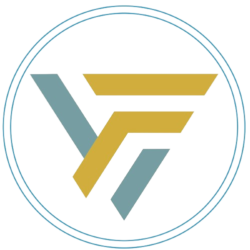Overview:
The IASP (Injury and Safety Prevention) Welding, Cutting, and Brazing course is designed to provide participants with an in-depth understanding of the safety practices and regulatory requirements associated with welding, cutting, and brazing processes as per the Occupational Safety and Health Administration (OSHA) guidelines. This course emphasizes the importance of maintaining safe work environments, recognizing hazards, and implementing appropriate safety measures to prevent accidents and injuries associated with these high-risk activities.
Learning Objectives
By the end of this course, participants will be able to:
- Explain the applicable OSHA standards and regulations related to welding, cutting, and brazing.
- Recognize potential hazards and risks associated with welding, cutting, and brazing operations.
- Develop and implement safe work practices and procedures to minimize risks.
- Select and use appropriate personal protective equipment to protect against hazards.
- Identify emergency procedures and effective responses to welding-related incidents.
- Demonstrate knowledge of the safe operation and maintenance of welding and cutting equipment.
- Understand fire prevention strategies during welding and cutting operations, including the Transportation and Handling of flammable materials.
Course Outline
Module 1: Introduction to Welding, Cutting, and Brazing
- Overview of welding, cutting, and brazing processes.
- Importance of safety in welding operations.
Module 2: OSHA Standards and Regulations
- Review of OSHA standards pertaining to welding, cutting, and brazing (e.g., 29 CFR 1910.251-255).
- Roles and responsibilities of employers and employees.
Module 3: Hazard Identification and Risk Assessment
- Common hazards in welding, cutting, and brazing (e.g., fumes, gases, electric shock, fire).
- Conducting risk assessments to identify potential hazards.
Module 4: Safe Work Practices
- Development of safe work procedures.
- Importance of signage, barriers, and ventilation.
Module 5: Personal Protective Equipment (PPE)
- Types of PPE required for various welding processes.
- Proper selection, use, and maintenance of PPE.
Module 6: Equipment Safety
- Overview of welding and cutting equipment
- Safe operation and maintenance practices
- Addressing equipment malfunctions and hazards
Module 7: Fire Safety and Hazardous Materials
- Understanding combustible materials and fire hazards in welding
- Fire prevention measures and safety protocols
- Proper storage and handling of flammable materials
Module 8: Emergency Procedures and First Aid
- Recognition of welding-related injuries and emergencies.
- Emergency response plans and procedures.
- Basic first aid for burn injuries and other welding-related accidents.
Module 9: Training and Continuous Improvement
- Importance of ongoing training and safety assessments
- Resources for further learning and compliance
Course Duration
- Total Duration:01 Day / 08 Hours
Final Exam
Comprehensive assessment covering all modules
- 15 multiple-choice questions assessing understanding of course materials
- Minimum passing score: 70%

